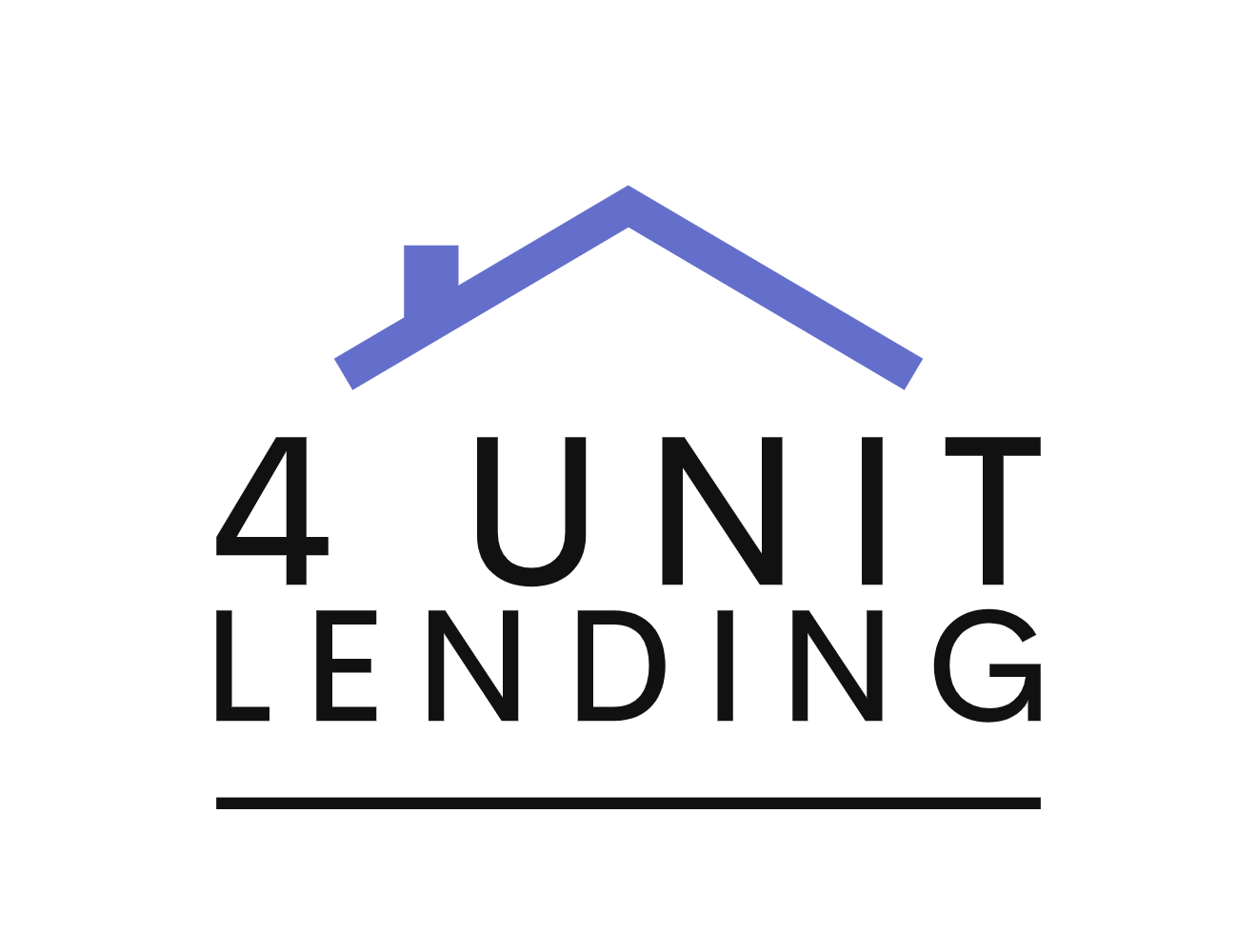Key takeaways
Looking at the past four decades, the average rate on a 30-year fixed mortgage peaked in 1981, rising just above 16 percent.
The average 30-year fixed rate bottomed in 2021 at just under 3 percent.
So far in 2025, the average 30-year mortgage rate has fluctuated between 6.72 percent and 7.19 percent. As of April 16, the average 30-year rate was 6.88 percent.
The residential mortgage as we know it today is less than a century old. In fact, until the Federal Housing Administration (FHA) was established in 1934, only one in 10 Americans even owned a home. That all changed with the introduction of the 30-year fixed-rate mortgage during the Great Depression, which made homeownership possible for millions.
Mortgage rates over time
Average 30-year fixed mortgage rate by year
*Freddie Mac rate data
Year
30-year fixed-rate average
2025
6.91%
2024
6.90%
2023
7.00%
2022
5.53%
2021
3.15%
2020
3.38%
2019
4.13%
2018
4.70%
2017
4.14%
2016
3.79%
2015
3.99%
2014
4.31%
2013
4.16%
2012
3.88%
2011
4.65%
2010
4.86%
2009
5.38%
2008
6.23%
2007
6.40%
2006
6.47%
2005
5.93%
2004
5.88%
2003
5.89%
2002
6.57%
2001
7.01%
2000
8.08%
1999
7.46%
1998
6.91%
1997
7.57%
1996
7.76%
1995
7.86%
1994
8.28%
1993
7.17%
1992
8.27%
1991
9.09%
1990
9.97%
1989
10.25%
1988
10.38%
1987
10.40%
1986
10.39%
1985
12.43%
1984
13.88%
1983
13.24%
1982
16.06%
1981
16.64%*
1980
13.74%*
1979
11.20%*
1978
9.64%*
1977
8.85%*
1976
8.87%*
1975
9.05%*
1974
9.19%*
1973
8.04%*
1972
7.38%*
Current mortgage rates
Mortgage rates have increased in recent months, even as the Federal Reserve cut rates three times in 2024. The rise corresponds to a rise in Treasury bond yields due largely to stubborn inflation and an uncertain economic outlook with the new administration. As of March 2025, the 30-year mortgage rate averaged 6.76 percent, according to Bankrate’s lender survey.
2020s mortgage rate trends
Entering 2020, the 30-year fixed-rate mortgage was already below 4 percent. Then the COVID-19 pandemic brought it to a record low, just under 3 percent.
By 2022, the Federal Reserve began raising its benchmark interest rate to cool pandemic-spurred inflation, and mortgage rates followed suit. Fast-forward to October 2023, and the 30-year mortgage rate broke through 8 percent — an average not seen since 2000.
For most of 2024, mortgage rates lingered in the 6s and 7s. The Fed pivoted back to rate cuts in September, October and December of that year. Despite the Fed’s cuts, rates rose from September 2024 into early 2025. For the first three Fed meetings of 2025, the Fed opted to hold its benchmark rate, awaiting changes in unemployment and inflation data before making its next move. As of now, forecasters predict rates to move between 6 and 7 percent for the remainder of the year.
Learn more: Economic uncertainty could keep rates stuck in 2025
Highest average annual rate
7.00% (2023)
Lowest average annual rate
3.15% (2021)
2010s mortgage rate trends
In the 2010s, the 30-year mortgage rate trended downward, beginning in the 4 percent range, dipping under the 4 percent mark and then ending the decade back in that range. These low rates were brought on in part by the Federal Reserve’s Great Recession-era policies.
Highest average annual rate
4.86% (2010)
Lowest average annual rate
4.13% (2019)
2000s mortgage rate trends
Driven by the subprime mortgage crisis of the late 2000s, the 30-year mortgage rate tumbled from about 8 percent at the start of the decade down to 5.4 percent by 2009. At this time, the Federal Reserve implemented quantitative easing measures, buying mortgage bonds in bulk to drive down interest rates and usher in an economic recovery.
Highest average annual rate
8.08% (2000)
Lowest average annual rate
5.38% (2009)
1990s mortgage rate trends
The 1990s saw a significant shift in the 30-year mortgage rate, which plunged to an average of 6.91 percent in 1998. This drop was brought on by the dot-com bubble, an era when investors rushed to buy stocks from overvalued technology companies. When these stocks plummeted, investors turned their focus to fixed-income investments, such as bonds. As bond prices rose and yields fell, mortgage rates, which follow the 10-year Treasury yield, also declined.
Highest average annual rate
9.97% (1990)
Lowest average annual rate
6.91% (1998)
1980s mortgage rate trends
At the beginning of 1980, homes in the U.S. cost a median of $63,700, according to the Department of Housing and Urban Development (HUD). By 1990, that median had risen to $123,900. Spurred by the Great Inflation, the 30-year fixed mortgage rate reached a pinnacle of 18.4 percent in October 1981, according to Freddie Mac. Once the Fed reined in inflation, the 30-year rate seesawed down to the 9 percent range, closing the decade at 9.78 percent.
Highest average annual rate*
16.64% (1981)
Lowest average annual rate
10.25% (1989)
1970s mortgage rate trends
The average 30-year fixed-rate mortgage started the decade at about 7.5 percent in 1971 (the earliest year for which data is available), according to Freddie Mac. By 1979, the rate had risen to an average of 11.2 percent. During this decade, the Federal Reserve’s expansionary policy and other factors helped drive inflation and borrowing costs way up.
Highest average annual rate*
11.20% (1979)
Lowest average annual rate*
7.54% (1971)
*Freddie Mac data
Mortgage rate predictions
While we can try to guess based on historical data, no one knows for certain what will happen to future mortgage rates over time — whether they’ll change at all, or when. Still, we regularly ask economists and other experts to weigh in. For week-to-week predictions, check out our mortgage rate poll. For a monthly look-ahead, read our latest mortgage rate forecast.
How historical mortgage rates affect buying a home
Broadly speaking, lower mortgage rates fuel demand among homebuyers and can increase an individual’s buying power. A higher rate, on the other hand, means higher monthly mortgage payments, which can be a barrier for a buyer if the cost becomes unaffordable. In general, a borrower with a higher credit score, stable income and a sizable down payment qualifies for the lowest rates.
While you should keep an eye on mortgage rates, avoid trying to time the market. While a home is an investment, it’s also where you live. In general, it’s best to get a mortgage when you can afford it and the timing is right for you.
Learn more: How mortgage rates are determined
How historical mortgage rates affect refinancing
When mortgage rates are on the upswing, it might make less financial sense to try to refinance. Generally, it’s best to refinance if you can shave off one-half to three-quarters of a percentage point from your current interest rate, and if you plan to stay in your home for a longer period. If you plan to sell your home soon, the cost to refinance might not be worth it.

